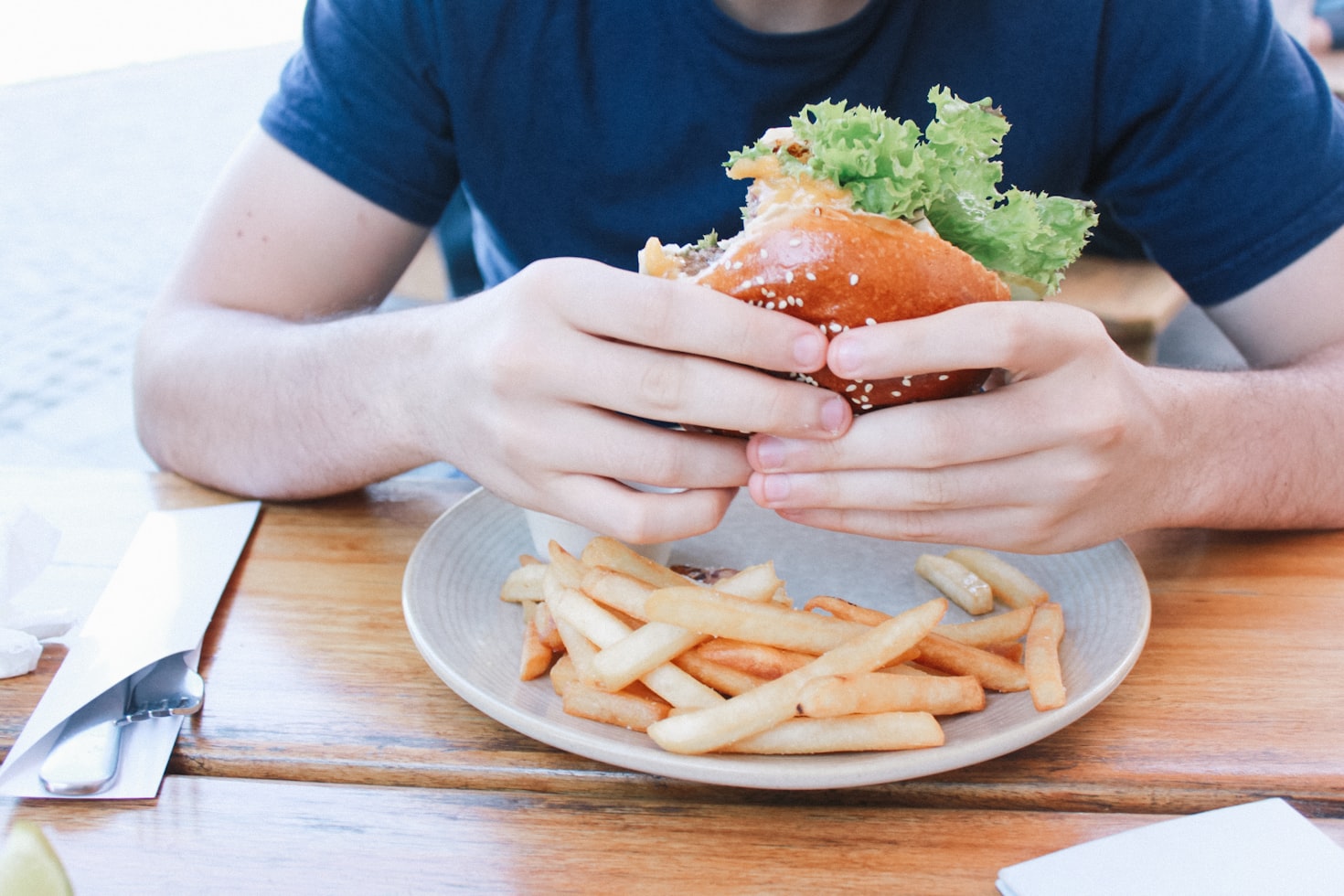How Long Before Ketosis: Understanding the Process and Timeline
When it comes to achieving ketosis, a metabolic state where your body burns fat for fuel instead of carbohydrates, many factors come into play. From your diet to your activity level, each individual’s journey to ketosis can vary. In this article, we will explore the process of ketosis, the timeline it typically takes to reach this state, and provide valuable insights to help you on your ketogenic journey.
Understanding Ketosis
Ketosis is a natural metabolic state that occurs when your body doesn’t have enough carbohydrates to burn for energy. In the absence of carbs, your body starts breaking down fat into ketones, which are then used as an alternative fuel source. This process is the foundation of the ketogenic diet, a low-carb, high-fat eating plan that has gained popularity for its potential health benefits.
The Process of Ketosis
Before diving into the timeline, it’s important to understand the steps your body goes through to enter ketosis:
- Depletion of Glycogen: When you significantly reduce your carbohydrate intake, your body starts depleting its glycogen stores. Glycogen is the stored form of glucose in your liver and muscles.
- Fat Breakdown: As glycogen levels drop, your body turns to fat stores for energy. Enzymes break down triglycerides into fatty acids, which are then transported to the liver.
- Ketone Production: In the liver, fatty acids are converted into ketones through a process called ketogenesis. These ketones are released into the bloodstream and become the primary source of fuel for your body.
- Ketosis: Once ketone levels reach a certain threshold, your body enters a state of ketosis. This is when your body is primarily using ketones for energy instead of glucose.
The Timeline to Ketosis
While the timeline to reach ketosis can vary from person to person, there are some general guidelines to keep in mind:
Day 1-3: Transition Phase
During the first few days of reducing your carbohydrate intake, your body starts transitioning from using glucose as its primary fuel source to using stored fat. This phase is often accompanied by symptoms known as the “keto flu,” which can include fatigue, headaches, and irritability. These symptoms are temporary and typically subside within a few days.
Day 3-7: Fat Adaptation
As your body continues to adapt to the absence of carbohydrates, it becomes more efficient at burning fat for fuel. This phase is known as fat adaptation and can last anywhere from a few days to a week. During this time, your body starts producing more ketones, and you may begin to experience increased energy levels and mental clarity.
Day 7+: Ketosis
After about a week of following a strict low-carb, high-fat diet, most individuals will enter a state of ketosis. However, it’s important to note that the timeline can vary depending on factors such as your metabolism, activity level, and overall health. Some individuals may achieve ketosis sooner, while others may take longer.
Factors Affecting the Timeline
Several factors can influence how long it takes for an individual to reach ketosis:
- Dietary Carbohydrate Intake: The lower your carbohydrate intake, the faster you are likely to enter ketosis. Most individuals aim to consume fewer than 50 grams of carbs per day to achieve and maintain ketosis.
- Protein Intake: Consuming excessive amounts of protein can hinder ketosis. While protein is an essential macronutrient, it can be converted into glucose through a process called gluconeogenesis. It’s important to strike a balance between protein intake and fat consumption.
- Physical Activity: Regular exercise can help deplete glycogen stores and accelerate the transition to ketosis. Engaging in activities that increase your heart rate and promote fat burning, such as high-intensity interval training (HIIT), can be particularly beneficial.
- Individual Metabolism: Each person’s metabolism is unique, and some individuals naturally enter ketosis more quickly than others. Factors such as age, genetics, and overall health can influence the speed at which your body adapts to a ketogenic diet.
Frequently Asked Questions (FAQ)
1. Can I speed up the process of reaching ketosis?
While you can’t drastically speed up the process, there are a few strategies that may help:
- Engage in regular physical activity to deplete glycogen stores.
- Ensure you’re following a strict low-carb, high-fat diet.
- Consider intermittent fasting, which can help deplete glycogen and increase ketone production.
2. How can I know if I’m in ketosis?
There are several ways to determine if you’re in ketosis:
- Use urine test strips that measure the presence of ketones.
- Measure ketone levels in your blood using a ketone meter.
- Look out for common signs of ketosis, such as increased energy, reduced appetite, and a fruity odor in your breath.
3. Can I experience ketosis without following a strict ketogenic diet?
While a strict ketogenic diet is the most reliable way to achieve ketosis, some individuals may enter a mild state of ketosis through other low-carb diets. However, the benefits and effects may not be as pronounced as with a dedicated ketogenic approach.
4. Can I consume too much fat while trying to reach ketosis?
While fat is a crucial component of a ketogenic diet, it’s important to maintain a calorie balance. Consuming excessive amounts of fat can hinder weight loss and may lead to an excess calorie intake. It’s essential to focus on healthy fats and prioritize nutrient-dense foods.
5. Can I experience ketosis without weight loss?
Yes, it’s possible to be in a state of ketosis without experiencing significant weight loss. Ketosis is primarily a metabolic state, and weight loss depends on various factors such as calorie intake, activity level, and individual metabolism.
6. Is ketosis safe for everyone?
Ketosis is generally safe for most individuals, but it’s important to consult with a healthcare professional before starting a ketogenic diet, especially if





